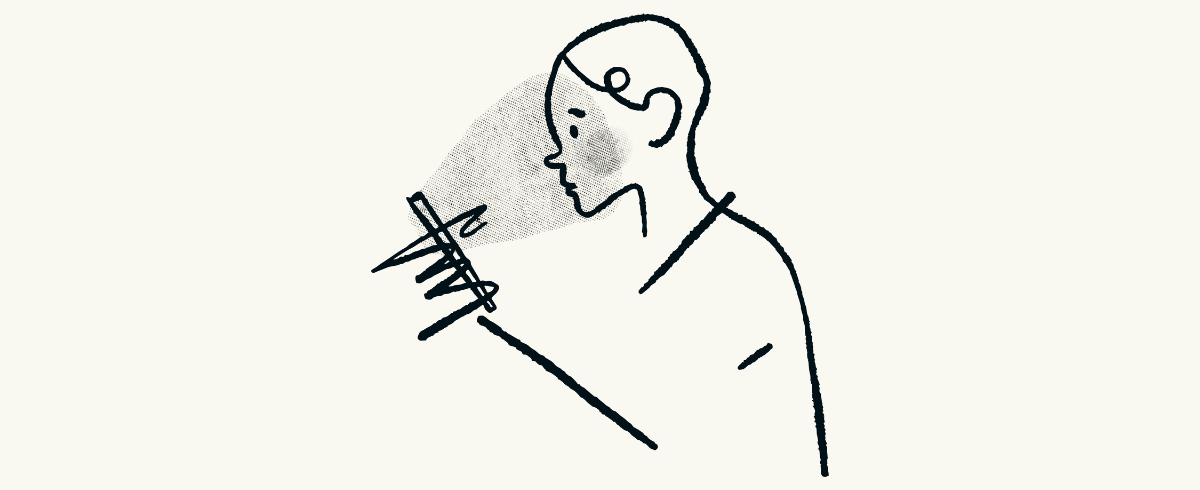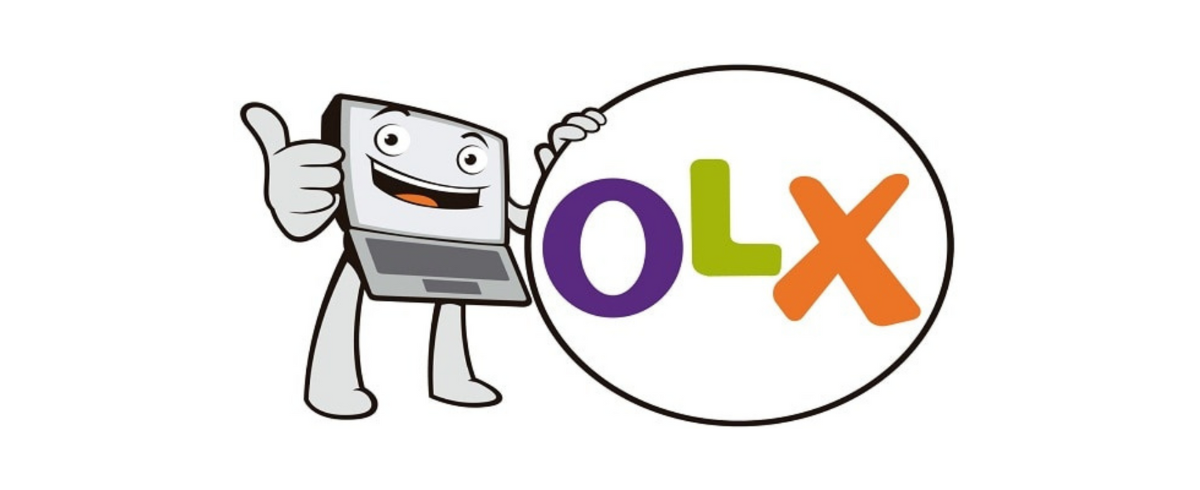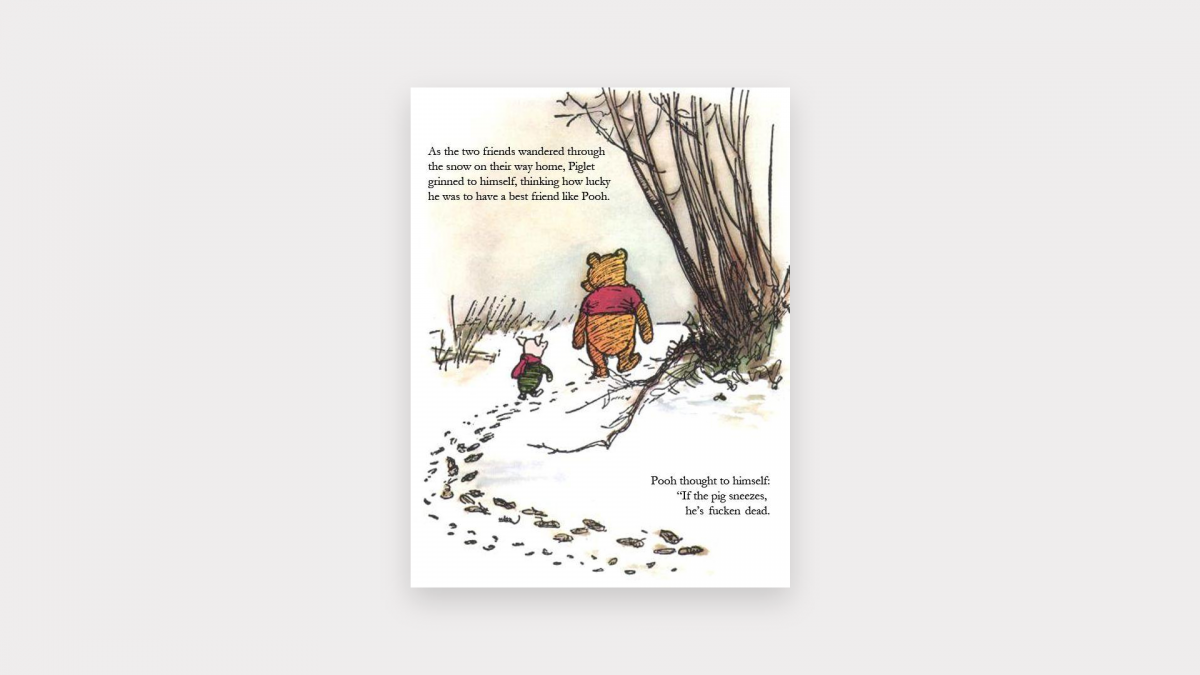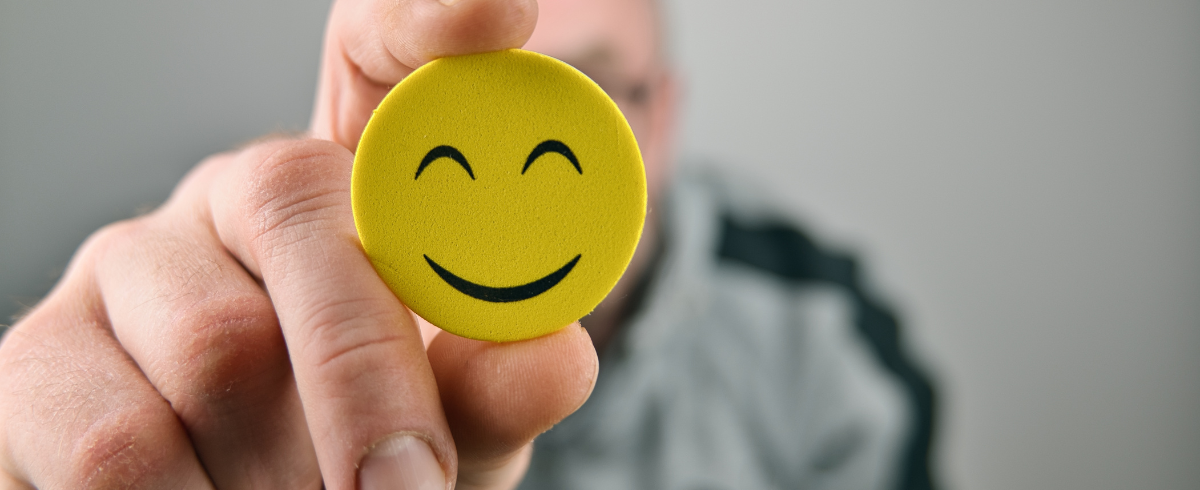I met Jordan Cooper a few years ago while he was an associate at General Catalyst in Boston. I immediately loved his enthusiasm, energy and intelligence. Early last year, when he moved to New York intent on creating a startup, I decided to support him by investing alongside a small group of angels in his venture.
Despite Jordan’s intelligence and passion, the company was dissolved last week and returned a bit less than 50% of the money we invested in it.
Below is Jordan’s telling of the story and of the lessons he learned as an entrepreneur. It’s a fantastic read and all entrepreneurs can glean insights from his experience.
With the battle scars he now wears, I am sure that Jordan will put all these lessons to good use in the future and I wish him the best of luck with his future endeavors!
——
Untitled Partners Post Mortem
by Jordan Cooper
For readers who are not familiar with Untitled Partners, the Company was created to enable fractional ownership of fine art. Our hope was to aggregate demand around works of art being sold through the existing channels in the $70B art market, and then to enable our customers to cooperatively purchase and own the art they loved. On March 9th, we made the difficult decision to shutdown the Company and return almost 50% of the capital we raised to our investors. Over the course of this post mortem, I will try to identify and expose the causes and decisions that led to the demise of Untitled Partners.
1) The writing on the wall:
I can’t say that we didn’t see an economic downturn coming. When the cover the of the Economist in July of 2007 depicted a well dressed banker standing atop a mountain, with one foot hanging over a steep ledge, the notion that the Dow was going to hit 15,000 seemed a stretch. Fast forward to March, 2008. For a few months, my co-founder and I had been discussing the merits of fractional art ownership as one of a few ideas we were considering. We analyzed the likelihood of success in a slowing economy, and developed a product that we believed could thrive in boom times with an aspirational customer, and in slow times with a conservative consumer. After all, Marquis Jet (a fractional aviation company), had grown from $0 to $1 Billion in revenue on the back of September 11 and the early 2000’s recession. Our analysis was supported by articles in the Wall Street Journal and the NYT, as well as the Mei Moses art index, which suggested the art market was countercyclical and had a low correlation to the S&P. What we didn’t account for was the magnitude of the current correction and the effect that it would have on discretionary luxury spending even within a population that financially could still afford our product. We were obviously wrong about Untitled Partners’ ability to grow through the subsequent downturn.
What we could have done differently: We met with a lot of industry experts during the vetting of our idea (people with luxury, art, fractional, and consumer expertise). More questions focused on how our consumers have behaved in previous down cycles would have been helpful. There is a tendency when speaking with sources of information to focus on the largest unknowns and to fill in the knowledge gaps that are preventing forward momentum as efficiently as possible. We could have benefitted from the experiences these guys had in the early 1980’s, early 1990’s, and early 2000’s, those questions just weren’t top of mind at the onset of our venture.
2) The timing:
The day we closed the Seed Round with our investors, the Dow closed at 12,063. Five months later, on the day we launched our Company, the Dow closed at 7,552 (having dropped about 4000 points in the 3 weeks leading up to launch). On our launch day, the Wall Street Journal ran a 1400 word article entitled “How to Survive the Art Market Crash”. Three and a half months later, the day we decided to wind down our Company, the Dow closed at 6,500. So what were our choices? We had already delayed our launch once, hoping that the New York Times would stop running “End of the World” headlines, but things were worsening, not stabilizing. The realty was we had built all of the necessary infrastructure to support our offering, we had completed 4 of the 5 milestones we promised our seed investors in our investment deck, and all there was left to do was sell. In a different fundraising environment, I think we might have been able to capitalize the Company on hype vs. revenue, but there was no question that in order to close a new round of funding, we were going to need revenue. So on November 20, we tried to sell. Our offering was met with a barrage of responses to the effect of “I’m not spending money on anything right now, let alone art.” The result: we spent a lot more time than I would have expected on “messaging.” How do you say “you just lost half your net worth, want to buy some expensive fine art?” in a way that is appropriate, appealing, and in good faith? Ultimately, we did not find an answer to this question. In that search, however, we stumbled upon one of the decisions I wish we could have taken back (see “Hiring”).
What we could have done differently: We could have made a hard push on fundraising ahead of launch, and tried to lock in an additional 12-18 months of runway ahead of performance. I think we would have come up short, as the fundraising environment had already started to deflate by the time we were thinking about this move, but had we capitalized the Company in October, we would have been able to wait things out for a while and see if the picture got any better. Our angels actually had varying advice on this question. Ultimately, I think it was a better outcome for our shareholders to have failed fast with half of the capital we raised, vs. what the next 12 months would have looked like even with a full tank of gas, but again, I am not an economist.
3) Hiring:
In the face of our inability to find the proper messaging for our offering, we hypothesized that it was due to a lack of marketing DNA within our core team of Andy and I. What we needed was someone to fill this gap, and figure out what we should be communicating to our customer base and how. After interviewing 20 people, we hired a Director of Marketing. Despite caution from two of our angels, who didn’t think it was the right move, we brought on a 3rd core team member three weeks after our launch. She was not capable of solving our problem, due to a combination of a lack of aptitude and a potentially insurmountable task. We laid her off 60 days after she joined our team. This mistake cost us $15k in compensation, another $7K in wasted marketing spend, and an unquantifiable amount of management bandwidth both bringing her up to speed and compensating for her performance.
What we could have done differently: Hiring is hard, and without proper experience, we should have leaned more heavily on our investors to help us with this decision. Hiring was a challenge we found difficult throughout the life of our Company. We made as many bad decisions as we did good ones with regard to hiring full time, part time, and independent contractors/consultants. Biggest takeaway: As soon as the data starts to suggest someone might be the wrong hire, don’t wait, immediately start recruiting a replacement, and upgrade as soon as possible.
4) Frugality is a double edged sword
I think we did a great job of being cheap and maximizing the dollars that we spent. In 9 months we spent about half of the $560K we raised. Especially when trying to build a luxury brand, it would have been easy to burn twice as much capital as we did in this timeframe. 90% of the time, we were probably right to be this cheap, and 10% of the time, we may have missed opportunities, or not gotten the minimum quality that we needed because we were so focused on capital preservation. While the VC community (Ron Conway, Sequoia RIP, etc…) was quite adamant about the need to cut burn and preserve capital in these times, I think that advice was probably more relevant to companies (at least in the consumer space) that had established a real footprint in their market. As a very young Company, it is pretty hard to wait out a downturn when you don’t have a real market presence to preserve.
What we could have done differently: We developed a pretty solid barometer for spending, but it took a good 3-4 months before spending decisions became second nature. If I look at where the dollars went, an outsized sum was spent on professional services (legal, branding, design, etc…). We could have been more selective about who we engaged in these capacities had we not been running so hard to fill every gap that was holding up our launch. Next time around, greater rigor around reference checks and cost/value analysis will be helpful in managing the costs.
5) Failure to adapt to changing landscape
There are decisions we could have made, directions we could have gone, to generate short term revenue and extend the runway of our Company, but the reality is those decisions would have moved the Company from an interesting venture/breakout story onto a trajectory of small dollar linear growth. I mashed the data around in my head for months, thinking about lowering our price point, moving toward a lead gen for advisory services, building a liquidation platform, and the truth is nothing made more sense than what we were running at (given team, capital on hand, etc.). Would a different CEO with 20 years of experience in our market have seen an angle that I missed and been able to reposition the Company in time? Maybe. I guess I will never know the answer to that question.
What we could have done differently: We could have been more patient and tried to stick around in the art market in any form it would have us. But that is the difference between taking VC money and shooting for the stars, verse maxing out your credit cards and building a lifestyle business. Not much room for singles and doubles in the venture world. We signed up to disrupt a market and create a category. Every direction I considered going was tempered by an awareness of the opportunity cost of our time and our investors’ money. I don’t think there are 50 venture ideas in the art market, and especially not in this art market.
6) The Nature of our Mission
While the feedback we got from the business and academic community on the elegance of our model was inspiring, I underestimated the importance of a relationship between our corporate and personal identities. I had heard many times people opine on the importance of a founder being from within the demo he is serving, but didn’t really understand why until now. In some ways, we checked that box, but the solution we created was somewhat disconnected from our daily lives or any broader value or mission. Had we been “democratizing the art market,” that would have been one thing, but we weren’t. We were not able to live and breathe our product in the way I would have liked to, and ultimately that had a negative impact on our ability to evangelize the Company. We overcame this hurdle, and supplemented our team with DNA that was closer to that of our customers, but we could have done more here with a mission more closely tied to our interests and experiences. I think people like Rob Kalin at Etsy and Vikram Akula at SKS Microfinance have done a great job of building a personal mission into their businesses.
What we could have done differently: Next time around, I’d like to pay more attention to aligning personal and professional missions. As a founder, there is little to no separation between your work and your person, so to the extent your company’s mission can fulfill both of those realms, there are synergies to be had. In short, there are lots of ways to make a buck, but few opportunities to achieve something that is truly burning in your mind.
7) So would people have bought art in shares had we launched this business two years ago?
I think so. Doesn’t mean we could have scaled it. There were plenty or roadblocks, hurdles, and unexpected irrationalities in the art market that have changed my perspective on the opportunity. I don’t think you’ll see me rekindle this mission in the next bull market, but I can pretty much guarantee someone will.
8) The people around us
I am extremely fortunate to have gone through this experience with my cofounder, Andy Lawrence. By far the best and most important decision I made through this venture was to recruit him as my partner. His unwavering integrity, amazing discipline, and supernatural persistence were the backbone of our culture. Particularly when you are trying to disrupt a market, you have to run through a lot of walls. Andy was a bull.
We were both fortunate to have a group of extremely supportive and thoughtful investors behind us. I cannot say enough about the importance of having advisors who are willing to pick up the phone and help an entrepreneur think through the challenges and questions that come up everyday. It has been extremely difficult to get over the fact that I lost money for the people who gave us the opportunity to chase down our vision. We are indebted to everyone who took the risk on us.







